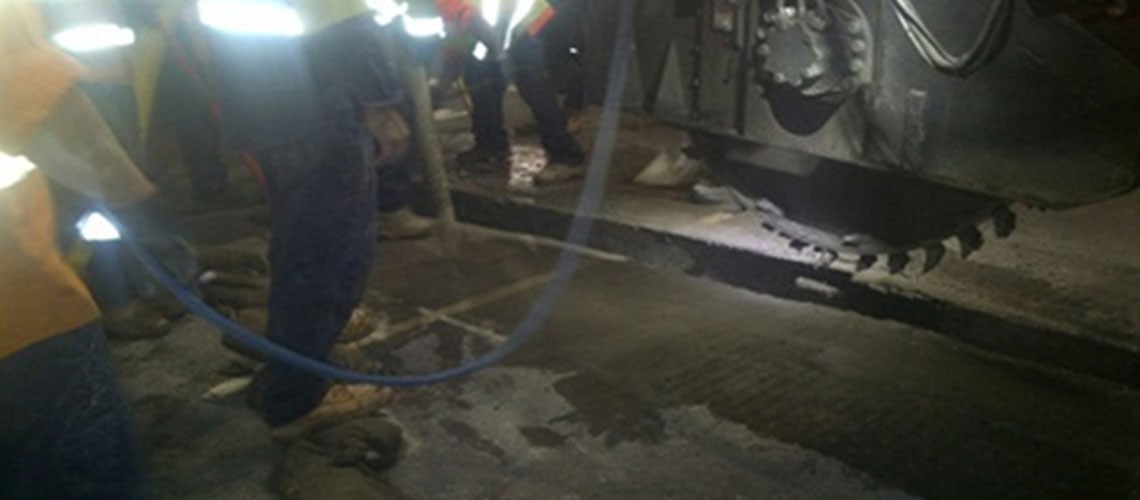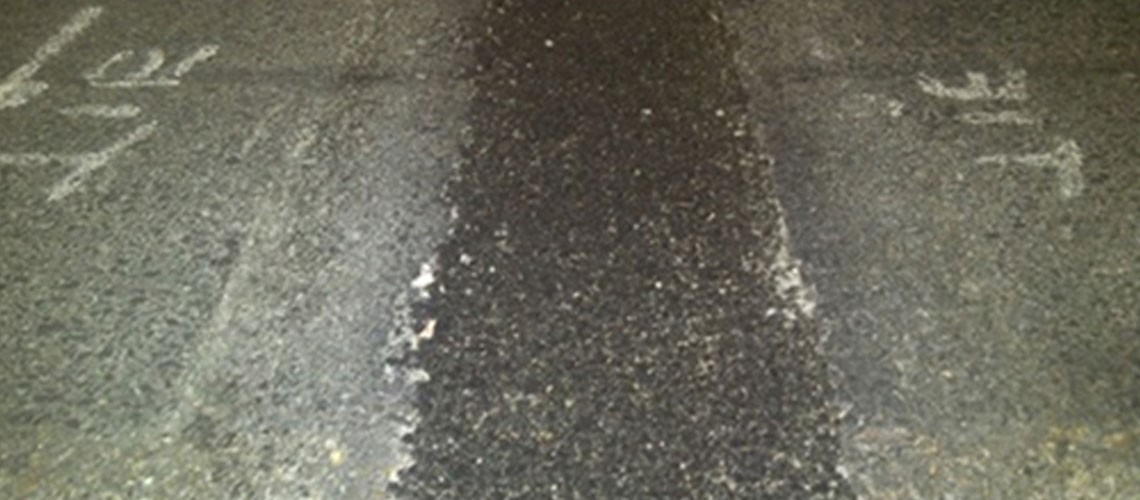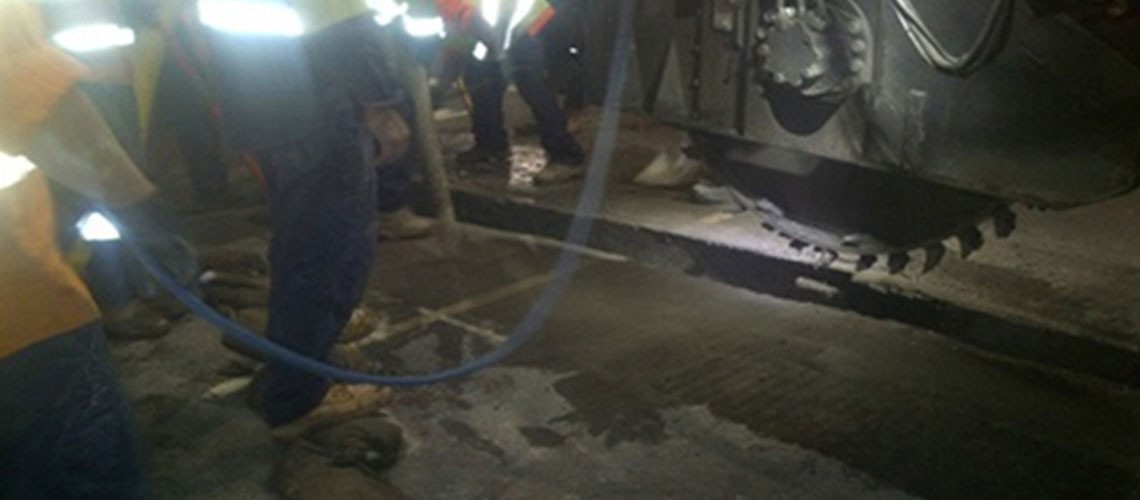Among the capital cities of Australia, Sydney boasts the highest rate of public transport usage. More than 25% of commuters use public transport. So, the government of New South Wales is committed to improving Sydney’s transit systems. Since automotive congestion around Sydney is extreme, Transport NSW’s plan to construct a new light rail system comes as something of a double-edged sword.
On the one hand, the proposed 12-kilometre service from Circular Quay to Central, Kingsford and Randwick stations needs desperately to be built.
On the other hand, the project requires a great deal of survey and investigation work—and the resulting trenching could badly interfere with the flow of already heavy vehicular traffic.
As far as Transport NSW was concerned, this survey had to be completed with no impact on local traffic. This grueling task fell to VAC Group, a company that specializes in protecting underground assets.
In a way, VAC Group would be writing the book on trench excavation and trench restoration. They’d be digging 157 trenches, all with the goal of identifying any underground facilities that might conflict with the proposed rail tracks. These underground facilities include all the important stuff: communications, electricity, gas, water, drainage and sewer.
Challenges, Risks & Penalties
The excavation work would be happening on and around George Street. Sydney’s original high street, it remains one of the busiest streets in the centre of the city. Road crews would be required to descend upon George Street after dark, locate the services, excavate trenches, and then restore them.
They could execute this work only between the hours of 11pm and 5am.
The trenches they’d be digging would be long and narrow: between 175 and 225 millimetres wide, as deep as 2 metres, and as much as 8 metres long. Such a narrow channel presents challenges. Traditional methods of paving and trench restoration would be insufficient.
All trenches had to be dug, surveys completed, and replacement material installed and compacted during the 11pm to 5am time frame. The list of potential challenges was typical for an urban road construction project in a city like Sydney:
- poor weather
- plant breakdowns
- potential for plant and equipment unavailability
- unknown site conditions
- minimal laydown facilities
- delivery holdups
- high probability of wet weather
- hot mix going cold before use—or going completely unused.
Once the trenches were restored, they had to perform for at least two years. It was critical that they retain their integrity until Transport NSW begins construction of the light rail project.
And if VAC Group’s work was not completed on time?
Hefty fines would ensue.
The Work
VAC Group’s 157 trenches would be cut along the entire length of George Street and some ancillary roads.
The pavements involved were generally 500 millimetres thick, consisting of asphalt over concrete. Below the pavement were various soils, followed by a clay subgrade.
The services to be surveyed were either directly under the concrete slab, or at varying levels as deep as two metres.
Each and every morning, these streets had to be open to traffic by 5am. To expedite the trenching process, and to avoid the possibility of open trenches at the end of a shift, VAC Group devised a three-phase excavation process:
- Phase 1: Relying on cross-referenced maps supplied by city authorities, the road crew digs a slot trench using a rock saw. The slot trench penetrates to just below the level of the pavement, approximately 400 to 500 millimetres.
- Phase 2: The slot trench is temporarily refilled with reclaimed asphalt pavement (RAP). Then, during a subsequent shift, the RAP is removed to make way for deeper, non-destructive excavation using hydro-vacuum excavators. Each slot trench is finished with 50 millimetres of EZ Street asphalt. The EZ Street product is laid in two layers to obtain maximum compaction in the narrow trench.
- Phase 3: The trench is permanently reinstated. First, the temporary material is taken out. Then, using hydro excavators, soil material is carefully removed down to a level of 2 metres below the pavement. Services are surveyed and verified. Finally, the trench is back filled in layers of 150 to 200 millimetres layers using sand/cement. The sand/cement mixture is wetted and compacted, both by hand and using pneumatic compactors. Near the surface, compaction is supplemented using a plate compacter. The final 50 millimetres is finished off with EZ Street asphalt, compacted in two layers.
So, Under These Conditions, Why EZ Street Asphalt and No Other?
The EZ Street product demonstrates several benefits over both hot mix asphalt and conventional cold mix products:
- The EZ Street product is permanent
- EZ Street asphalt is designed to displace water—when placed into puddles or wet soil, it retains its high quality and integrity
- It’s easy to compact EZ Street asphalt in a narrow setting, either by hand or using a plate compactor
- The quality of unused product doesn’t change over time—it remains consistently flexible and compactable
- EZ Street asphalt can be stored outdoors in bulk—helpful at facilities with limited indoor storage capacity
- Purchasing the product in one-tonne bags provides ease and flexibility in transporting it to different trench locations
- There is zero risk of running out of product in the middle of the shift due to an asphalt plant shutdown
- Costs are reduced by eliminating asphalt plant “night opening fees” for small nightly volume
- Since EZ Street asphalt is always workable, there’s no need to use it immediately before it gets cold
- Planning is simplified, as the product requires less co-ordination for purchasing, transportation, storage and use.
Did EZ Street Cold Asphalt Live Up To The Promise Of Its Stated Benefits?
Feedback from VAC Group paints a picture of exactly what a project manager could hope for:
- Even when exposed to warm ambient conditions, wet site conditions and rain, EZ Street asphalt compacted well.
- The finished surface product was tight, dense and similar to existing asphalt.
- The EZ Street asphalt remained in the excavation with no signs of ravelling, rutting, shoving, stripping or bleeding.
The EZ Street product is highly recommended for use in trench restoration. Moreover, EZ Street asphalt used in concert with VAC Group’s trenching and restoration systems serves as a model for future work.
- This dynamic makes for a low-impact construction environment
- There is little noise to disturb either residents or businesses
- The work has minimal impact on adjacent assets, with little or no vibration
- Faster construction and restoration
- High quality, high WHS and environmental awareness
- Minimal waste
- Lowered risk
VAC Group was presented with a serious challenge in trench excavation and trench restoration, and they met it. They went into one of Australia’s busiest cities, went to one of its busiest streets, and successfully dug and restored 157 trenches on schedule—thanks to EZ Street cold asphalt.












